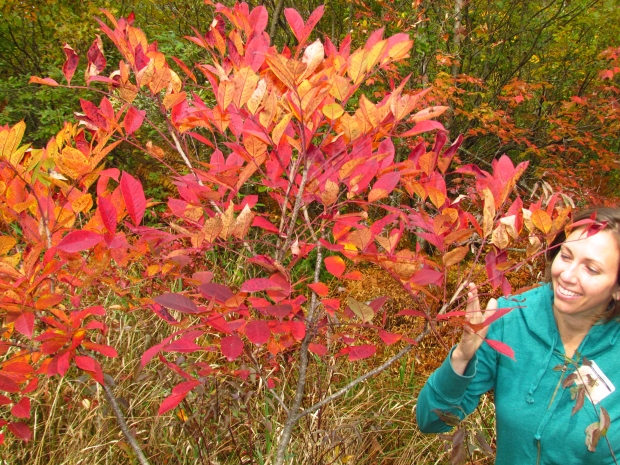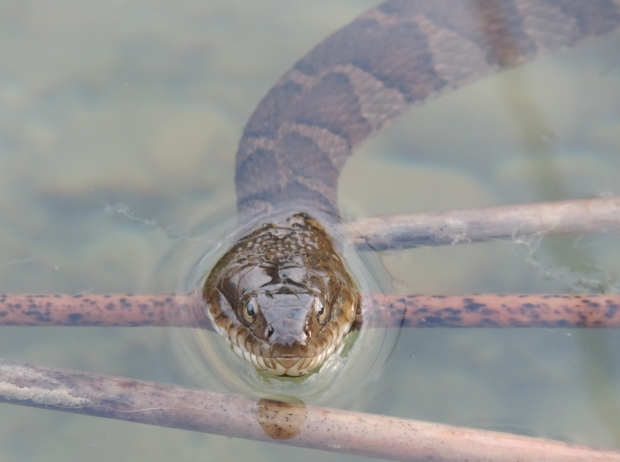WILDER SIDE OF OAKLAND COUNTY
Two-foot-tall winged ghosts of the tundra are coming to town. Bird watchers, nature lovers, naturalists, and Oakland County Harry Potter fans are wishing for the rare opportunity to see the snowy owls of the Far North that have traveled thousands of miles south of their native Arctic home. These beautiful birds, adapted for life in the extreme cold, are the heaviest owl of North America and one of the largest owls on Planet Earth. Reports of snowy owls across the State of Michigan are rapidly trickling into the Michigan Department of Natural Resources and last week, acting on a tip from an avid birder friend in Lapeer, I set out for Tuscola County in the lower part of Michigan’s “thumb” to search for snowy owls. In less than 90 minutes we located three – – two sleepy ones on rural roadside utility poles and one in a plowed farm field with prey in its talons. These are the owls that I photographed to feature in this special report. Continue reading










